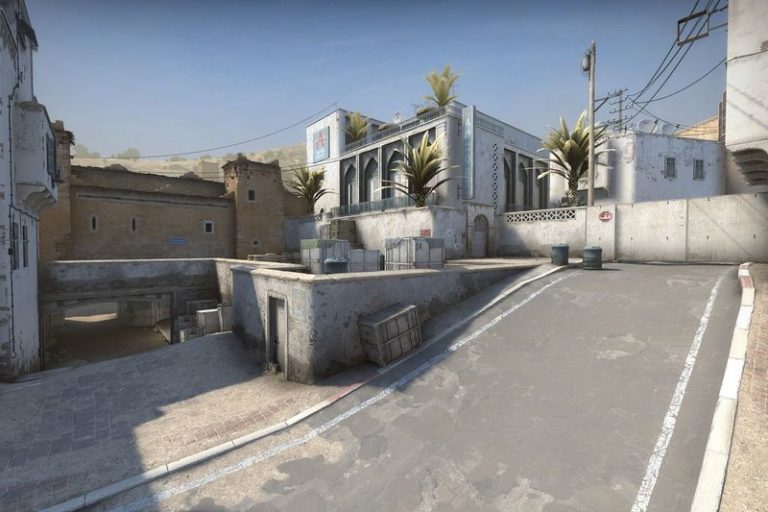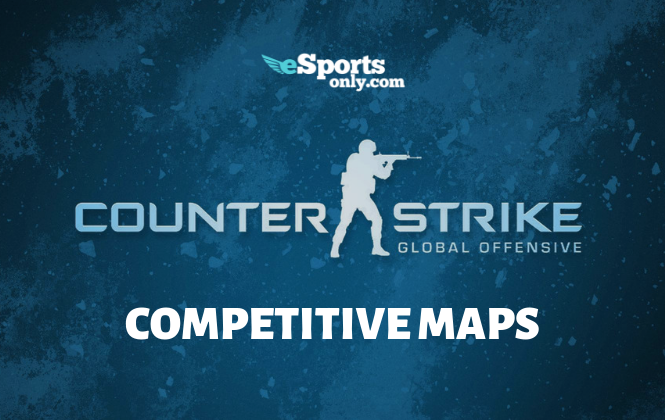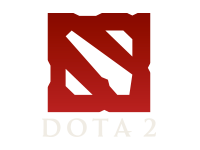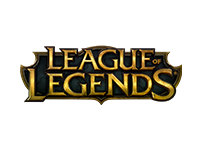CS:GO competitive maps constitute those maps that are available in professional competitions. There are 7 of them in total and teams usually try to master around 5. In this article we will offer you a brief introduction to each of these maps and provide statistics that reveal how teams like Astralis and Natus Vincere perform on them.
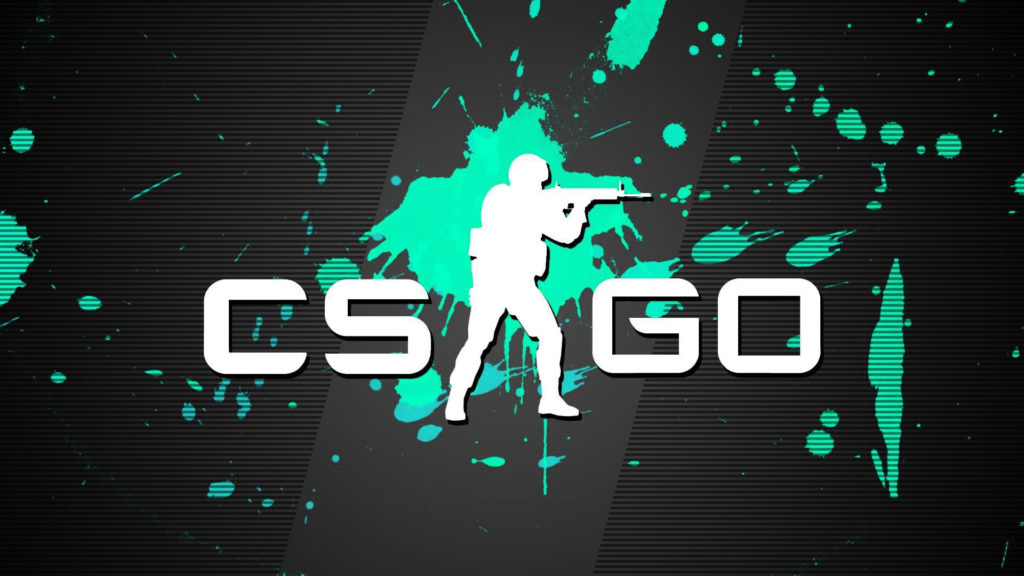
The Importance Of CSGO Map Knowledge
Map knowledge constitutes one of the most important ingredients of any CS:GO success formula. You simply cannot expect to win without having a flawless understanding of at least 4-5 maps. And this understanding includes a lot more than simply knowing where A and B can be found. Here’s a short list of aspects that you need to assimilate while studying a map:
Angles
CS:GO is partly a waiting game for the Counter-Terrorists and a testing and prodding game for the Terrorists. You will rarely see the CT side being aggressive and even when it happens, the reason has to do with a weapons imbalance.
If the CTs know that the other team is poorly equipped while they have all the equipment they need, they may push aggressively on the map just to finish the round faster. But it’s still risky if you’re facing a strong team. Astralis for instance are known for being very good at turning situations around when they have a gun disadvantage, although that rarely happens.
Angles determine a lot when it comes to kills and holding positions. The better you understand how they work, what they provide and what’s the best way of holding or assaulting a position, the greater your chances of success. By simply understanding what the possibilities are from a geometry standpoint, the better your use of grenades will be and the better your ability to strafe, move safely in tight spaces and preaim.
People usually worry only about their ability to shoot with accuracy. But shooting well is only part of the challenge. Knowing where to aim is often even more important. Because if two players are about to encounter each other and one has a great preaim while the other has a bad one, the first player will most likely get to shoot first and win the duel even if he can’t land an instant headshot.
Distances
Distances offer you a sense of timing and a better understanding of what can happen when a position starts to shift. For example, imagine a chess position where the pieces are all sitting on specific squares. A good player will know what the potential continuations are from there or what could happen a few ticks/moves ahead.
In CS:GO it’s the same. If you understand distances, you know that given your team’s current position, in 5 or 10 or 20 seconds you could be in some other position. And based on the information you gather about where your opponents are and what they’re trying to do, you can decide what the viable options based on your current situation on the map.
Professional players are very good at estimating distances and the time it takes to travel them to reach certain locations. Based on that knowledge they often predict their opponent’s map movements and plan their actions accordingly.
Choke Points
Choke points are map locations where the action usually concentrates. People nade these spots, in an attempt to keep enemies away or force them to pull back if they already hold them.
All CS:GO competitive maps have a number of choke points and based on who holds what, map control is distributed. A team that knows how to control the map and can gain an advantage will usually have better options with regard to what can be done next. And very often, because you can’t traverse the map without checking every angle and eliminating all possible threats at every turn, the ability to outmaneuver your opponent before a single shot is fired can lead to massive advantages.
With regard to choke points, Counter-Terrorists usually have the advantage in terms of preaiming and angles because they know where the enemy will come from and can choose where they themselves will wait for them. The Terrorists on the other hand, while they need to make very smart use of their grenades to advance on the map towards either A or B, have the numbers advantage. And with good use of smoke grenades, flashes and molotovs, they can neutralize the CT’s initial advantage and then overwhelm them with superior numbers.
Structure
When it comes to CS:GO competitive maps, structure refers to their overall aspect. Some CS:GO competitive maps favor the CTs while others favor the T side. Some maps have such an annoying structure that some professional teams avoid them altogether and simply ban them each time. These maps have structural peculiarities that make it difficult for either the T or CT side to find a solution to the problems they face during each round.
Map structure is the first thing you learn when playing a new map and it’s the most obvious aspect of the ones mentioned here. People know where they need to go to reach A or B and how they can get from any point on the map to any other. However, keep in mind that structure is only the most trivial aspect of a map. A serious player will never stop there and will continue to deepen his understanding of each map by mastering all of its elements.
The Competitive CSGO Map Pool
These are the most important CS:GO competitive maps at the moment:
Inferno
This map is slightly CT favored. This imbalance shows up in the stats: 51.1% win rate for CTs and only 48.9% for Ts. Apart from this, Inferno is the second most played map in professional CS:GO and it’s a lot of teams’ favorite. Astralis, for instance, has a 73.9% win rate on it while Team Liquid has one of 63.3%.
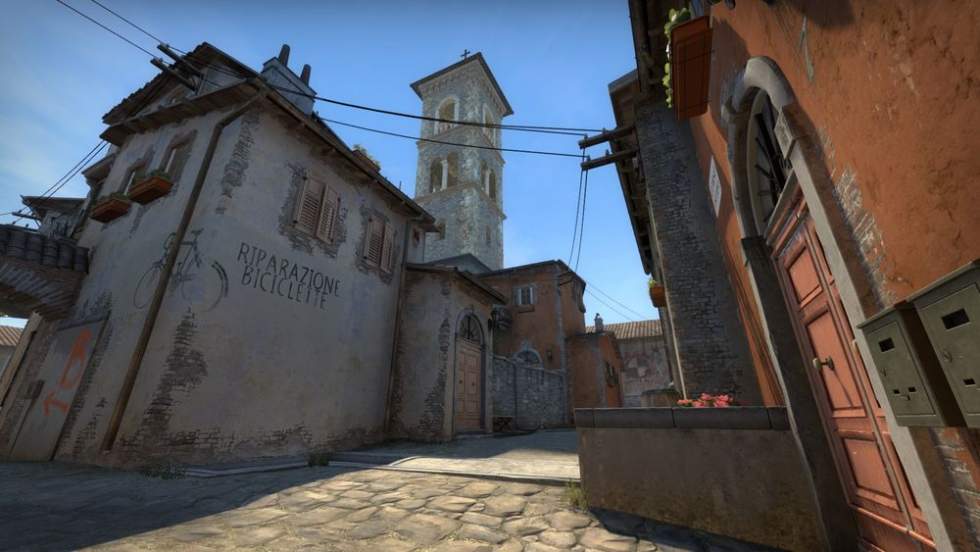
Train
This is one of the most unbalanced maps in the pool, offering CTs a significant advantage. The win rate difference in terms of rounds is 54.7% to 45.3% in favor of the CT side. That’s huge. Among the best teams on this map are Astralis (63.4%) and Natus Vincere (64.8%). Na’Vi really like this map and it’s their second best.
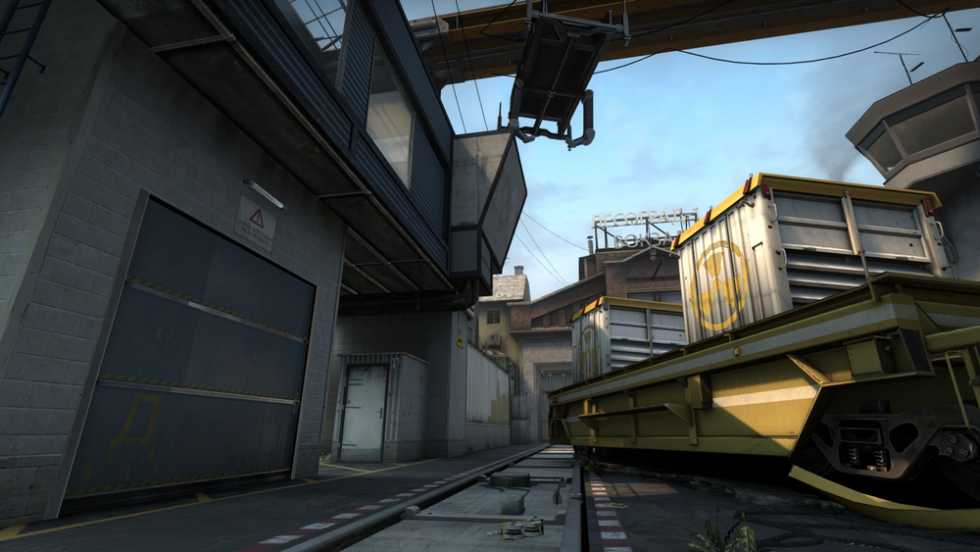
Mirage
Among the CS:GO competitve maps, Mirage is the most played overall in professional tournaments. It’s T – CT balance is quite good, even though it’s still slightly CT favored: 52.8% to 47.2%. This is another map dominated by Astralis, who have a 69.8% win rate on it. This is only their 3rd best map by the way, which shows you just how good they are.
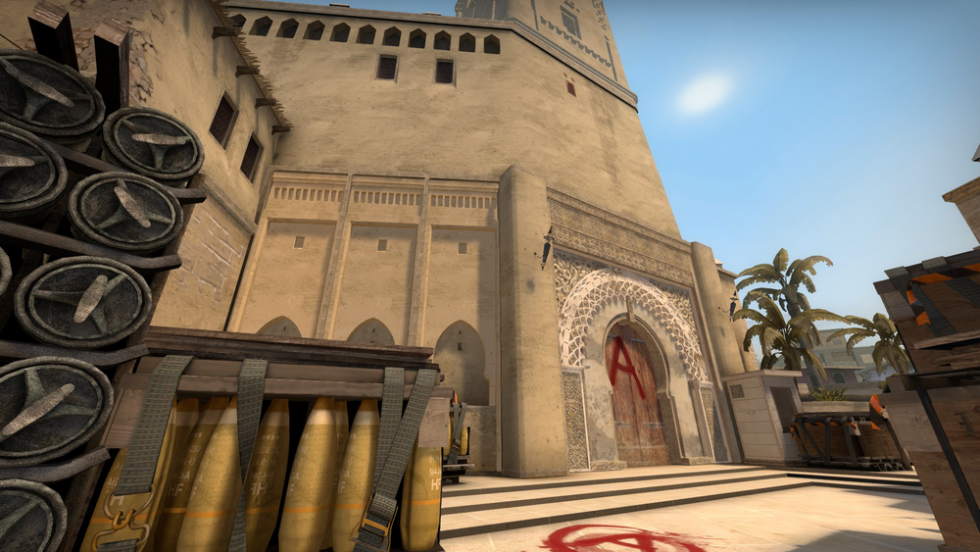
Nuke
This is by far the most unbalanced CS:GO competitive map in the pool, with a 56.4% win rate for CTs and only a 43.6% win rate for the T side. Nuke is Astralis’ favorite map. Their win rate on it is 76% and their longest win streak on it is impressive: 32 consecutive victories. And still going.
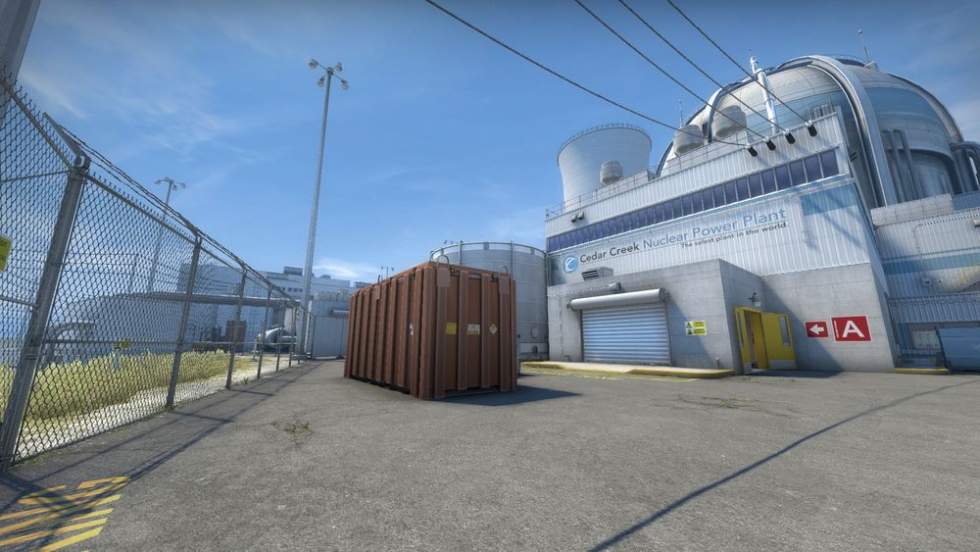
Overpass
Overpass is slightly CT favored and the percentages are the following: 52.9% versus 47.1%. This is Na’Vi’s favorite map. They have a win rate of 64.9% on it.
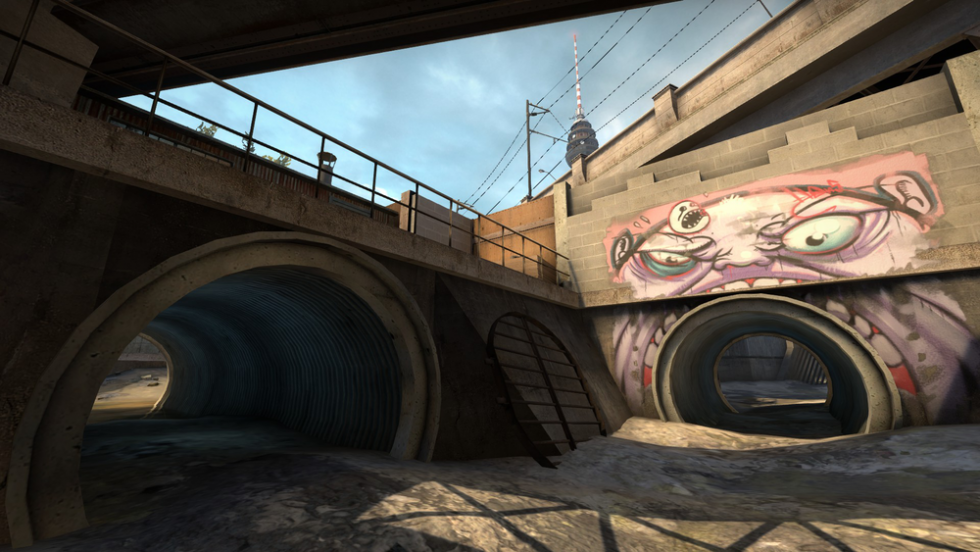
Cache
Cash is one of the few CS:GO competitive maps that’s T-side favored: 48.5% for CTs and 51.5% for Ts. Not everyone likes this map and Na’Vi is certainly among the teams who totally hate it. They never play it and ban it every match.
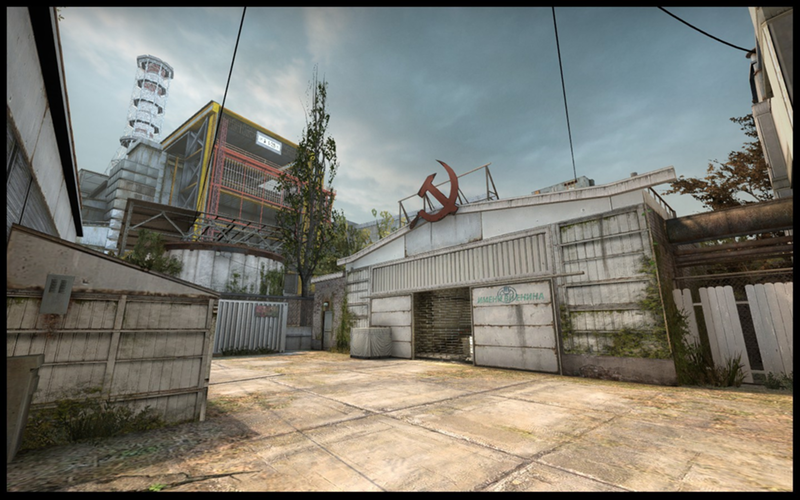
Dust2
And finally we have Dust2. Among the 7 competitive CS:GO maps listed here, Dust2 is one of the least played. Like Cache, this map favors the T side and that may have something to do with it: 48.5% to 51.5%.
